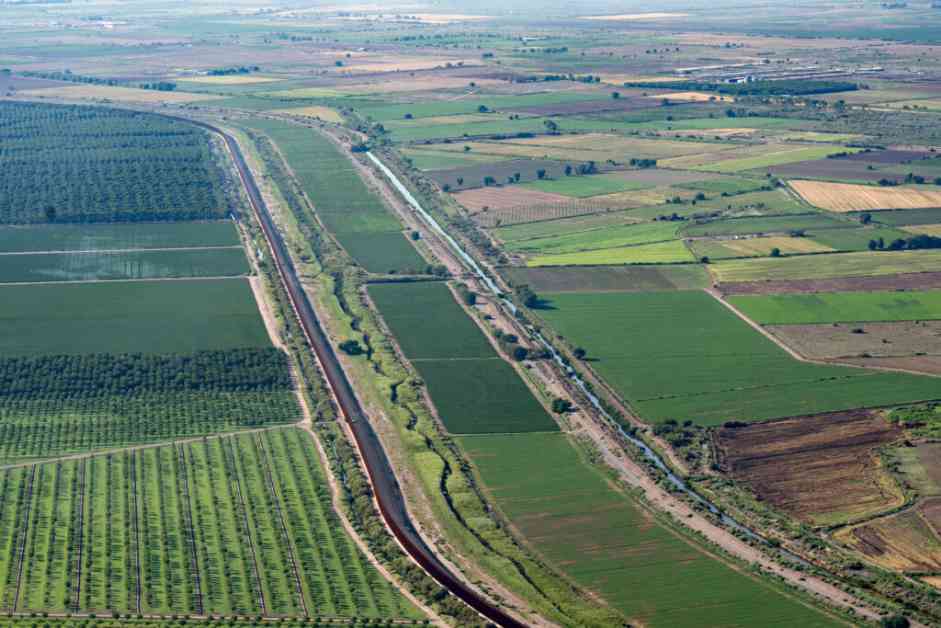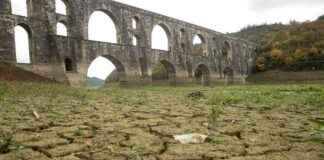Water and Sewage Issues Along the U.S.-Mexico Border
EL PASO, Texas—Water and wastewater problems persist along the U.S.-Mexico border, affecting farmers, residents, and environmentalists. From the Rio Grande Valley to Imperial Beach, California, issues range from water scarcity for crops to raw sewage flowing into U.S. communities. The collaboration between the U.S. and Mexico to address these challenges is crucial in finding sustainable solutions.
Border Agency Collaboration and Leadership
The International Boundary and Water Commission (IBWC) plays a pivotal role in managing water distribution and infrastructure along the border. Maria-Elena Giner, the U.S. Commissioner of the IBWC, has been leading efforts to address critical issues such as the sewage crisis in California and water delivery disputes in South Texas. Her unique background growing up in Ciudad Juárez and working on infrastructure in Mexico has provided her with a deep understanding of the region’s needs.
Giner’s commitment to improving water quality, ensuring consistent water deliveries, preventing pollution, and enhancing infrastructure resilience has been evident in her interactions with border communities. Her ability to engage with diverse stakeholders, from angry farmers to concerned surfers, showcases her dedication to finding inclusive solutions for all affected parties.
Challenges and Progress in Water Management
The ongoing dispute over water deliveries from Mexico to the United States, particularly in the Rio Grande Valley, highlights the complex nature of cross-border water agreements. Recent developments, such as the signing of Minute 331 to enhance Mexico’s water reliability and the acceptance of water deliveries from the San Juan River, demonstrate efforts to address long-standing issues.
In California’s South Bay, residents continue to face health hazards from sewage flowing over the border, underscoring the urgent need for infrastructure upgrades and maintenance. Giner’s leadership in addressing these challenges, including regaining permit compliance for wastewater treatment plants, reflects a proactive approach to environmental stewardship.
Looking Ahead: Collaborative Solutions and Environmental Advocacy
As the political landscape shifts with the incoming administration, ensuring that border environmental issues remain a bipartisan priority is crucial. Advocates like Serge Dedina and Leon Benham emphasize the importance of continued collaboration and urgency in addressing environmental crises, such as the sewage contamination affecting coastal communities.
The funding and support from organizations like the North American Development Bank (NADBank) are instrumental in advancing water and wastewater infrastructure projects in the border region. Investments in agricultural efficiency and renewable energy offer promising pathways to address water scarcity and environmental challenges on both sides of the border.
In the face of uncertainty, leaders like Maria-Elena Giner remain committed to promoting sustainable water management practices and resilient infrastructure. By engaging with local communities, advocating for cross-border cooperation, and prioritizing environmental protection, Giner exemplifies the dedication needed to address complex environmental issues along the U.S.-Mexico border.














